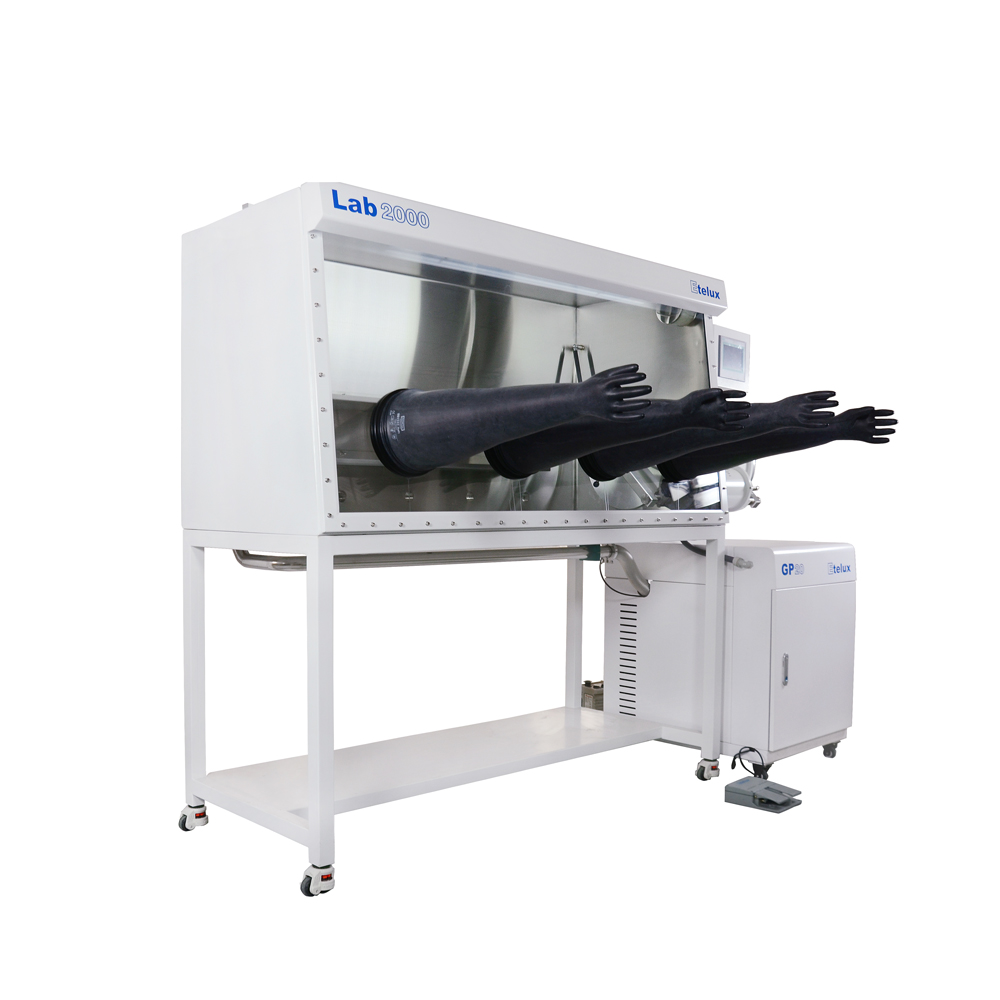Worldwide shipping
Shipping & Returns
Quality assured
Find retail locations
Expert support
For All Your Questions
Fast and secure
For All Your Questions
The vacuum glove box is a special container used to separate the interior from contact with the external atmosphere and allow operators to physically treat the internal objects. Its purpose is to prevent the contents of the box from escaping and harm the environment, or to protect the objects are protected from the external environment.
The glove box is also called RABS (Restricted Access Barrier System), isolator, MSC (microbiological safety cabinet), BSC (bacterial safety cabinet), etc. It can have various sizes from small boxes to large rooms and even buildings.
The glove box is very important to personal safety, because the items in it are often harmful to the human body or the environment. According to the different degree of harm, many national and international standards stipulate different safety levels. Typical standards are ISO 14644-7, ISO 10648-2, and EN 12469. According to the required security level, different security levels are usually defined as different categories.

Maximum allowable leak rate standard
The standards for different safety levels of the glove box describe the maximum leakage rate allowed for each category. Leak rate is usually expressed as a relative pressure drop over a period of time, which can be measured by pressurizing the glove box with air and checking the pressure drop over time or by gas testing (such as oxygen increase under negative pressure).
For example: ISO 10648-2 stipulates that under normal working pressure, the loss of class 1 glove box shall not exceed 0.05% of its volume per hour. In regulations and standards, users are usually required to perform regular maintenance, but no specific method for finding the location of the leak is specified. For users, the leak detection method for the glove box must be as efficient and accurate as possible, because the downtime per minute is very expensive.
Conventional glove box leak detection method
Ammonia test method is one of them. The specific method is to inject ammonia gas into the glove box, and then wipe the indicator paper around the suspected leak to find the leak. Although this method does not require a lot of investment, it takes a lot of time to clean up after the test is over, and this is very troublesome for industrial industries, especially the pharmaceutical industry, which value time cost. For example, large systems (such as RABS) must be shut down during the leak location, and stopping the production line for one hour of cleaning operations means millions of dollars in lost output. In addition, because ammonia is harmful to the human body, personal safety issues must be fully considered during the test.
Soap liquid spraying can also be used to locate leaks, that is, the operator sprays soap liquid onto suspicious leaks and looks for bubbles. This method can only locate accessible and visible leaks, its sensitivity cannot clearly indicate all leaks, and it always requires additional cleaning procedures after testing.
Helium leak detectors can find leaks by injecting helium gas and using a helium sniffer probe. However, these devices tend to be over-exposed to helium due to large leaks. At the same time, leak detectors are usually fixed devices that are difficult to move between the glove box and RABS. In addition, the high cost of helium gas is also a problem when testing large glove boxes or RABS.
No account yet?
Create an Account